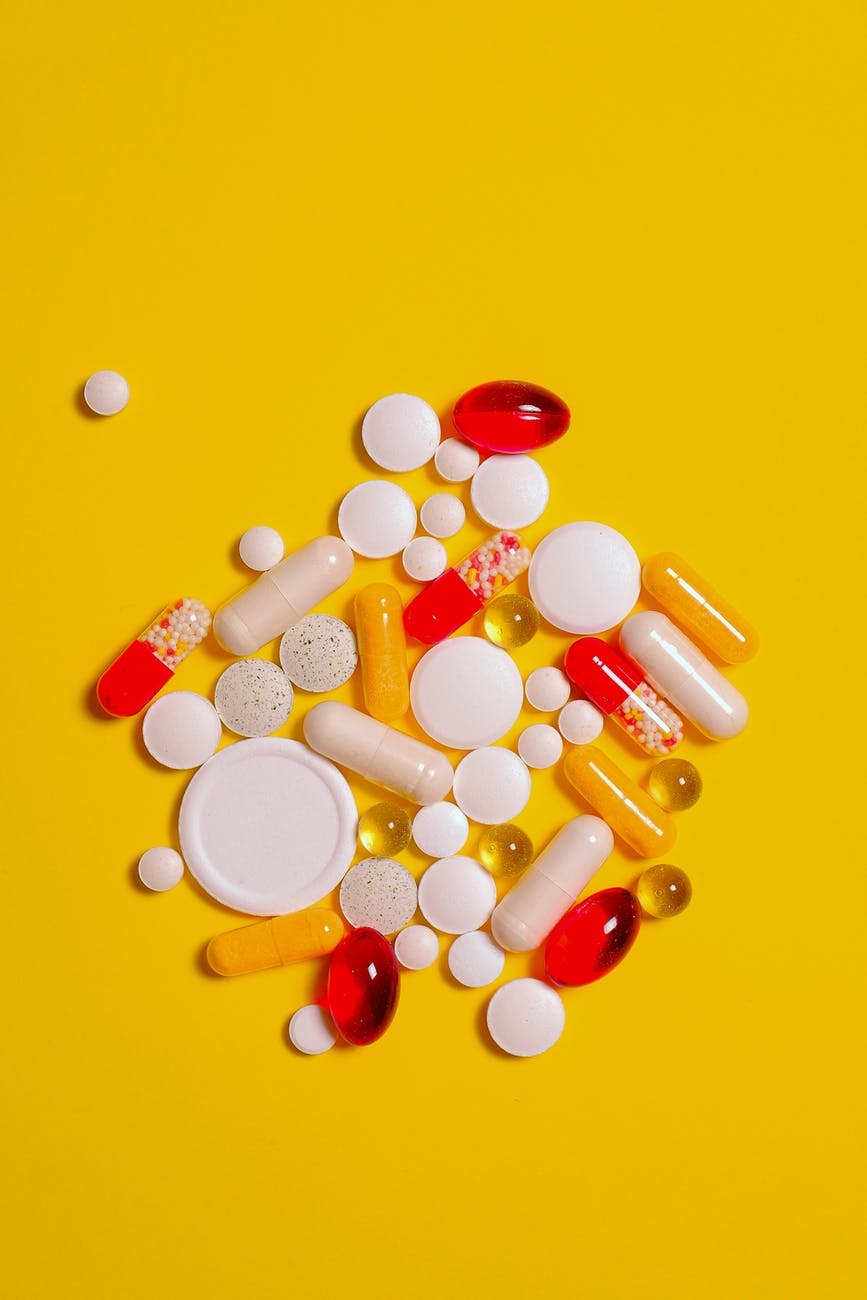Reduce the impact of COVID on the pharmaceutical supply chain

The year is marked by a global pandemic that has ravaged the world and put all of humanity at risk. The COVID-19 pandemic has already affected more than 3.5 million people and continues to disrupt the normal lives and economies of countries around the globe. Pre-clinical testing for over 100 vaccines is ongoing, but healthcare experts are not certain when a vaccine will be available. As of right now, prevention is the best cure for the disease.
More than a third of the world’s population has been forced to hibernate for social distancing, and many businesses have stopped operations to stop the spread of the virus. However, doctors, nurses, and midwives in the life sciences continue to work tirelessly to provide essential health services, sanitization kits, and medicines to the millions who are suffering from the disease, and to those most at risk. Humankind is at risk.
Healthcare enterprises have huge opportunities to flourish and grow due to the rapidly rising demand for life-saving drugs, healthcare services, and equipment. However, healthcare is also experiencing major disruptions to supply chains all over the world due to the pandemic. While the pandemic has provided tremendous growth opportunities for pharmaceuticals, it also presents several challenges.
Medical supplies sourcing
China and India dominate global pharmaceutical supply chains. China is the largest producer of Active Pharmaceutical Ingredients, (APIs), and over-the-counter drugs. These drugs include calcium supplements, cancer drugs, and HIV drugs. The United States is the largest importer of medical supplies and medicines from China. China is responsible for 95% of the US’s imports of ibuprofen and 91% of hydrocortisone. 80% of US antibiotic supplies come from China.
The impact of the Chinese pandemic on pharmaceutical supply manufacturing has had a significant impact on their availability worldwide. The number of shipments of over-the-counter medicines has dropped dramatically. Hand sanitizer has been removed from U.S. retail stores, which was also often sourced from China. The research and development of the COVID-19 vaccination are also affected by a lack of APIs.

Export and manufacturing of drugs
India, however, accounts for more than 20% of global generic medicine exports, making it the largest supplier of generic medicines to the rest. India relies heavily on China to produce these generic drugs. The industry is also facing problems with the production of medicines due to social distancing policies and lockdown policies.
The country currently restricts the exports to 26 active pharmaceutical supplies. This has caused a global shortage of drugs like paracetamol and several antibiotics, including erythromycin, tinidazole, and erythromycin. This sudden and uncertain restriction by the Indian government will most likely affect importers like the United States of America and South Africa.
Medical logistical problems
The logistical problems involved in Northwest haulage companies and shipping drugs and medical equipment across the globe add to the complexity of the pharmaceutical supply chain. Certain life-saving drugs have been in high demand because of COVID-19. India had to recently export 35.82 million tablets of hydroxychloroquine to the USA, as it was identified by the US Food and Drug Administration as having potential treatment for the pandemic.
It is difficult to ship, package, and distribute large quantities of medicine due to a lack of labor and lockdown restrictions. Many drugs are temperature-sensitive and must be shipped in refrigerated trucks and handled with the utmost care during transit. Due to cross-border and custom restrictions, managing fleet capacity and ensuring timely delivery of essential medical supplies to hospitals can be a difficult task. In today’s difficult times, visibility is an important concern in the healthcare supply chain.

How to deal with disruptions in supply chains in the pharmaceutical industry
Enterprises in the life sciences and healthcare sectors need to step up and manage their supply chains to take advantage of all the opportunities.
Healthcare enterprises need to come together to meet the unique needs of humanity during this global crisis. Large manufacturers can partner with small-scale pharmaceutical companies to increase their production capacity and deliver large quantities of life-saving drugs or medical supplies in a short time.
Medical logistics can make the difference between life and death. Outsourcing the distribution of pharma supplies to third-party logistics providers can help pharma companies save time and reduce logistics costs significantly.
Pharma companies can use the latest technology to improve their supply chain management and overcome logistical challenges. Route Optimization, an AI-based logistics solution that can be used to plan second- and last-mile routes for pharma companies, is quick and cost-effective.
Smart packaging and real-time temperature monitoring tools are key to ensuring the smooth flow of specialty drugs. Predictive alerts and shipment tracking solutions can be used to identify any issues on the ground, increase visibility in the pharma supply chain, and ensure timely delivery of critical medical supplies.
Pharma companies will have to be able to respond to changing demands quickly and with flexibility. Technology will also be a key ally when it comes to addressing supply chain challenges.





